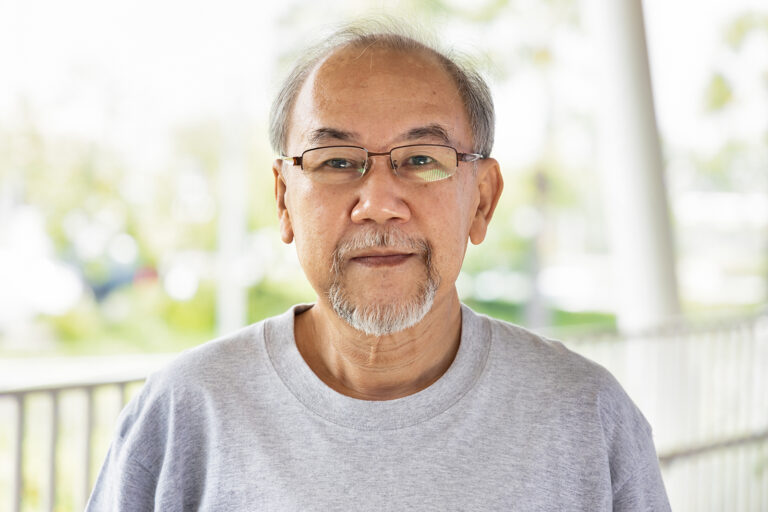As of today, the global economic landscape is characterised by significant challenges and opportunities. The period from 2024 to 2028 is expected to be marked by economic recovery post-pandemic, technological advancements, and shifts in geopolitical dynamics. However, economic disparities remain pronounced, with varying impacts on healthcare accessibility and clinical trial participation across different regions. Understanding the intricate relationship between socioeconomic factors and clinical trial recruitment is crucial for enhancing patient engagement and ensuring diverse, representative study populations.
The United States: Disparities in wealth and healthcare access
In the United States, the economic recovery has been uneven, with persistent income inequality and healthcare disparities affecting clinical trial participation. Wealthier individuals and those with comprehensive health insurance are more likely to be informed about and participate in clinical trials. Conversely, low-income populations, often burdened by high healthcare costs and limited access to medical facilities, face significant barriers.
Socioeconomic factors such as education, employment status, and geographic location play critical roles. For example, individuals in rural areas may lack access to trial sites, while those with lower educational attainment might not fully understand the potential benefits of participation. Efforts to bridge these gaps include increasing awareness through community outreach programmes, offering transportation support, and simplifying consent processes to enhance understanding.
Mexico: Addressing economic and educational barriers
Mexico presents a different set of challenges, where economic constraints and educational barriers significantly impact clinical trial participation. The country’s healthcare system is divided between public and private sectors, with a large portion of the population relying on underfunded public healthcare services. This disparity often translates to limited access to clinical trials for economically disadvantaged groups.
In addition to financial barriers, low levels of education and health literacy hinder participation. Many potential participants are unaware of clinical trials or harbour misconceptions about their safety and benefits. To address these issues, researchers and sponsors must engage in culturally sensitive educational campaigns, collaborate with local healthcare providers, and provide financial incentives or compensation for trial-related expenses.
The United Kingdom: Navigating a universal healthcare system
The UK’s National Health Service (NHS) provides a unique environment for clinical trials, where universal healthcare access theoretically reduces economic barriers. However, socioeconomic disparities still influence participation rates. For instance, individuals from lower socioeconomic backgrounds might face logistical challenges, such as time off work or childcare during trial participation.
Furthermore, ethnic minorities and economically disadvantaged groups may experience mistrust towards medical research due to historical injustices. To foster inclusivity, the NHS and research organisations are focusing on community engagement, transparency, and inclusive trial designs that consider the specific needs and circumstances of diverse populations.
Italy: Balancing regional economic disparities
Italy’s regional economic disparities significantly affect clinical trial participation. Northern regions, with their wealthier economies and better healthcare infrastructure, see higher participation rates compared to the less affluent southern regions. This discrepancy is exacerbated by differences in educational levels and access to information about ongoing trials.
To mitigate these disparities, Italy’s healthcare authorities are working on decentralising clinical trial sites and leveraging digital technologies for remote monitoring and participation. Additionally, targeted educational initiatives in less affluent regions aim to improve awareness and understanding of clinical trials.
The impact of socioeconomic factors on patient recruitment
Across these countries, several common socioeconomic factors impact patient recruitment in clinical trials. A detailed examination of these factors reveals insights into potential solutions and strategies for overcoming these barriers:
- Financial constraints: Economic hardship can deter individuals from participating in trials, especially if there are out-of-pocket costs, lost wages, or travel expenses involved. Financial incentives and reimbursement policies are essential to alleviate these burdens. For example, providing stipends or covering transportation and accommodation costs can make participation more feasible for lower-income individuals.
Let’s see what this looks like in real-life: The Lazarex Cancer Foundation’s IMPACT programme in the US provides financial reimbursement for out-of-pocket travel and lodging costs associated with cancer clinical trial participation. This programme has significantly increased enrolment among low-income patients by covering these expenses. - Education and health literacy: Higher levels of education and health literacy correlate with greater awareness and understanding of clinical trials. Enhancing education about clinical research through community programmes, simplified informational materials, and leveraging digital platforms can improve participation rates. For instance, educational campaigns using social media and community health workshops can demystify clinical trials and highlight their benefits.
In Mexico, a study targeting diabetic patients implemented a community education programme in partnership with local health workers. This initiative included informational workshops and materials in local languages, leading to increased trial enrolment from areas with historically low participation. - Geographic access: Proximity to clinical trial sites influences participation. Rural or underserved urban areas often lack trial facilities, necessitating solutions such as mobile units, telemedicine, and partnerships with local clinics to expand reach. Establishing satellite sites in community health centres or utilising telehealth technologies can help reach participants in remote locations.
In the UK, a cardiovascular trial utilised mobile health units to reach patients in remote areas of Scotland. These units provided on-site screenings and initial consultations, significantly increasing enrolment from rural communities. - Trust and perception: Historical abuses and ongoing inequalities in healthcare contribute to mistrust among certain populations. Building trust through community engagement, transparency in research processes, and addressing cultural sensitivities is crucial. Engaging community leaders, using culturally appropriate communication, and ensuring transparency about trial processes and benefits can build trust and encourage participation.
In the US, an HIV prevention trial engaged community leaders and organised town hall meetings to discuss the study and address concerns. This approach helped build trust and resulted in higher participation rates among African American and Latino communities. - Logistical challenges: Time commitment, transportation, and the need for childcare can be significant barriers. Providing support services such as flexible scheduling, transportation assistance, and childcare options can facilitate participation. Additionally, offering virtual follow-ups or home visits can reduce the burden on participants.
An Italian breast cancer trial offered flexible appointment times and free transportation to trial sites. Additionally, they partnered with local daycare centres to provide childcare, making it easier for mothers to participate. - Employment status: Employment status can influence one’s ability to participate in clinical trials. Individuals with unstable jobs or without paid leave may find it difficult to commit to trial schedules. Policies that ensure job protection for trial participants and providing compensation for time lost from work can help mitigate this issue.
A UK-based study on chronic obstructive pulmonary disease (COPD) negotiated with local employers to provide paid leave for employees participating in the trial, leading to higher enrolment from working-class participants. - Cultural and linguistic barriers: Language differences and cultural norms can impact understanding and willingness to participate in clinical trials. Offering multilingual materials and translators, and respecting cultural practices within the trial design and communication strategies, can enhance inclusivity.
In a multi-national trial conducted in Italy and Mexico, bilingual coordinators and translated materials were provided. Culturally tailored community events were also held to explain the trial, resulting in better recruitment from non-native speakers. - Insurance and healthcare coverage: In countries where healthcare is closely tied to employment or where insurance coverage is variable, those without adequate coverage might avoid participating in trials due to concerns about additional healthcare costs. Ensuring that all trial-related care is free of charge and clearly communicating this to potential participants can alleviate these concerns.
A diabetes trial in Mexico ensured that all trial-related treatments were covered, including those not directly related to the trial but necessary for overall health. This policy helped increase participation from uninsured individuals
To conclude…
To ensure the success and inclusivity of clinical trials, it is imperative to address the socioeconomic factors that influence patient recruitment. By understanding and mitigating these barriers, we can enhance the diversity and representativeness of clinical trial populations, ultimately leading to more effective and equitable healthcare outcomes. As we move forward, a collaborative effort between governments, healthcare providers, research organisations, and communities is essential to create a more inclusive clinical research environment.
Through targeted interventions and innovative strategies, we can bridge the socioeconomic gaps in clinical trial participation, ensuring that advancements in medica









